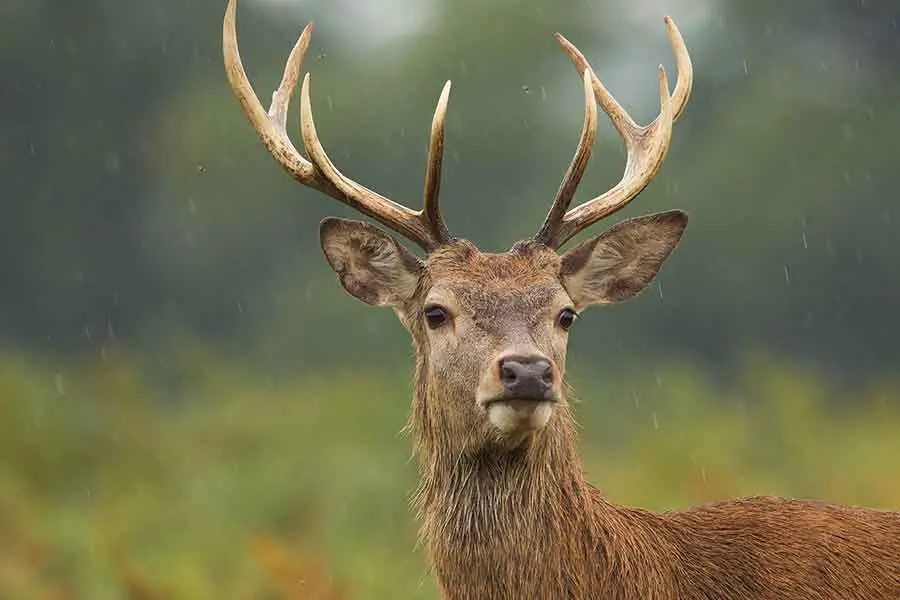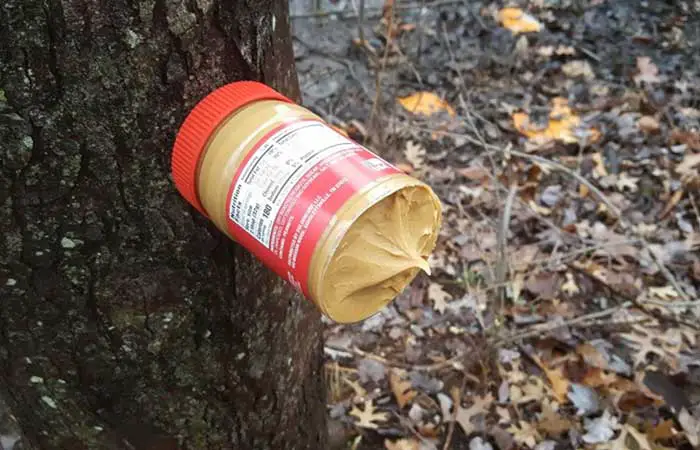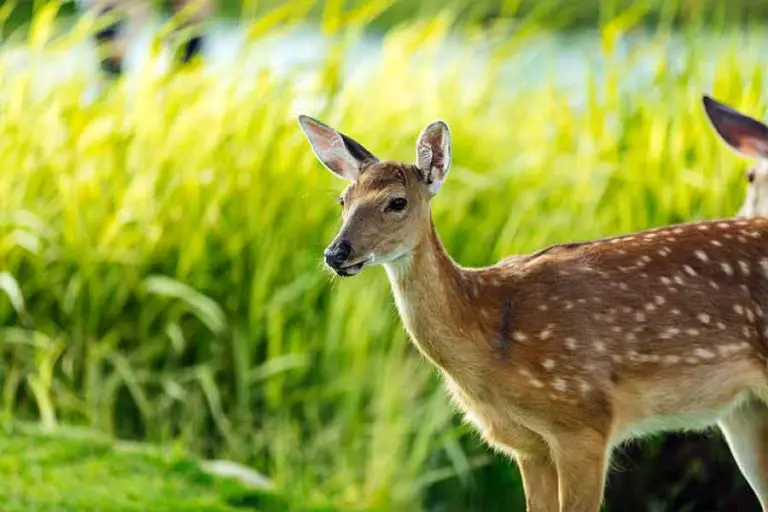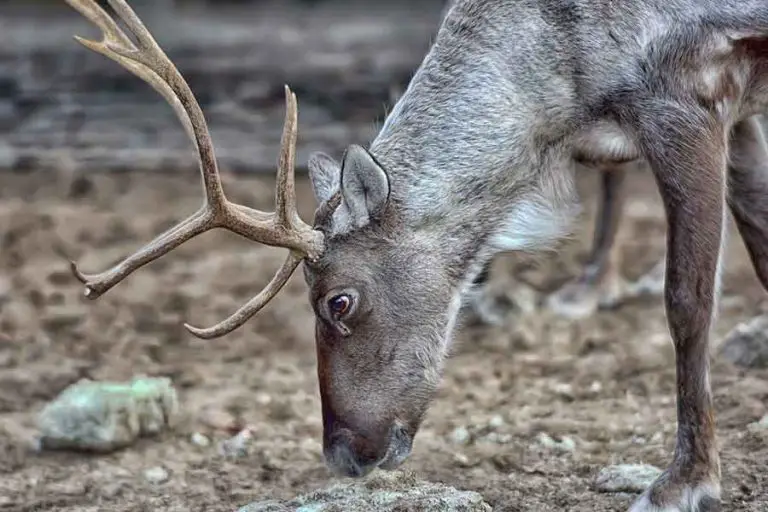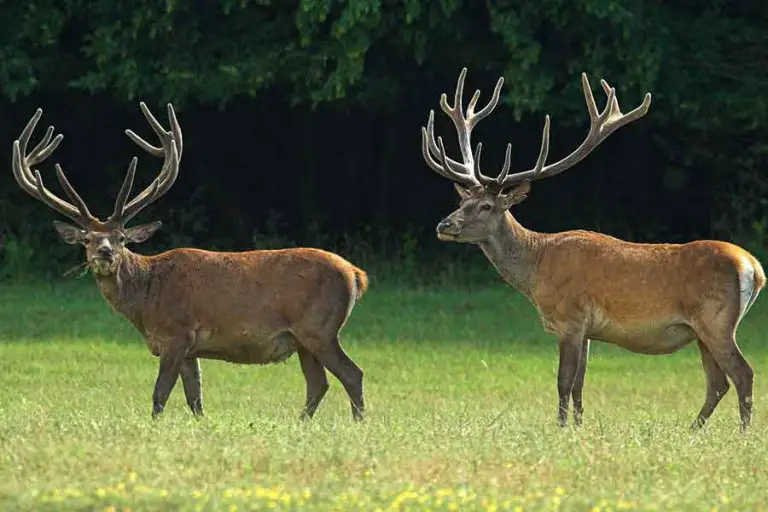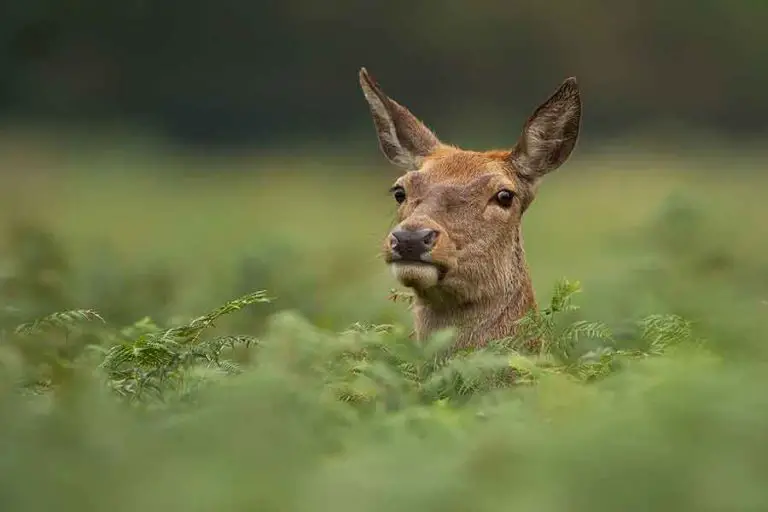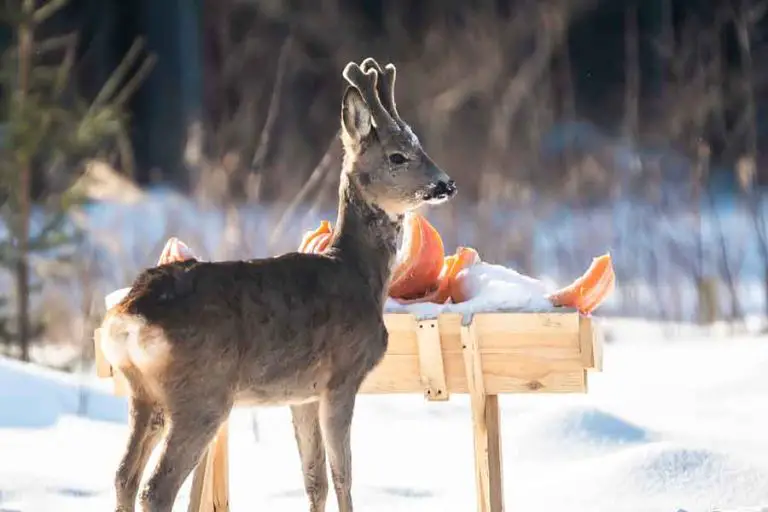Do Deer Move In The Rain?
Do deer move in the rain? This is a question that many people have asked, and there is no simple answer. Deer are interesting animals. They are graceful and beautiful, but they can be unpredictable as well.
The truth is, deer movement can depend on a variety of factors, including weather conditions. In this article, we will explore the various ways that deer movement can be affected by rainstorms.
We will also discuss some tips for avoiding contact with deer while driving in bad weather conditions. Stay safe and stay informed!
Do Deer Move In The Rain?
There is no simple answer to this question. Deer movement can depend on a variety of factors, including weather conditions.
In general, deer are less likely to move around in the rain than they are during other types of weather. This is because rain makes it difficult for them to see and hear clearly.
Additionally, the wet ground makes it difficult for deer to move around easily. However, there are some instances where deer will become more active during a rainstorm.
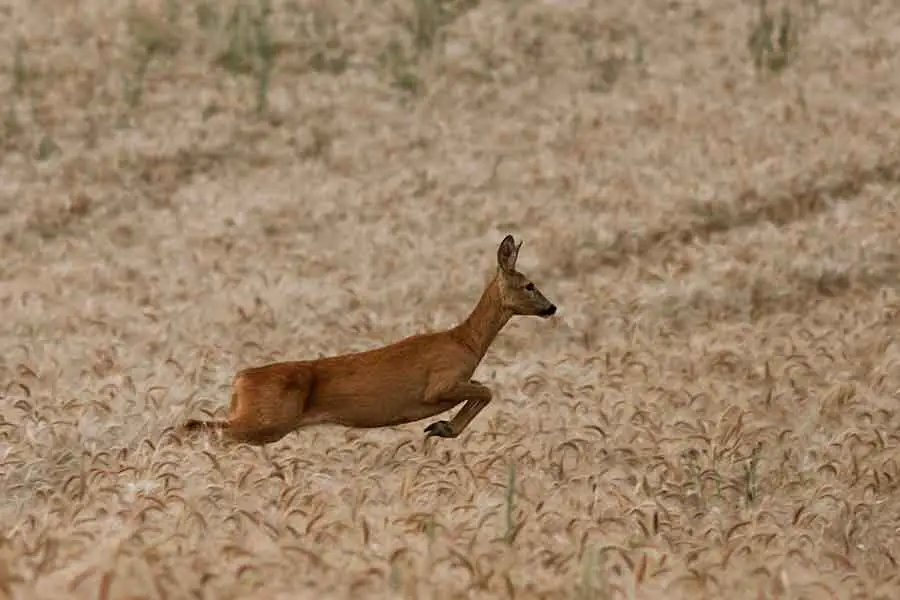
For example, if the rain is accompanied by high winds, deer may feel forced to move about in order to avoid being blown over. Similarly, if there is ice or snow on the ground, deer may be more inclined to move in order to find food or shelter.
Ultimately, the movement of deer in the rain can vary depending on the specific conditions at any given time. So it is difficult to say definitively whether deer will move or not.
However, if you are concerned about encountering deer while driving, it is best to use caution during bad weather conditions.
Reasons why deer might move during the rain
There are a few reasons why deer might move during the rain. First, rain can make it difficult for deer to see and hear clearly. This can lead them to move around more in order to try and get a better view or sense of their surroundings.
Second, the wet ground makes it difficult for deer to move around easily. So they may be forced to move if they want to stay dry or find food or shelter.
Finally, high winds or icy/snowy conditions can cause deer to feel unsafe and move about in order to avoid being blown over or injured.
So while it is not always the case that deer will move during a rainstorm, there are several factors that could prompt them to do so. If you are concerned about encountering deer while driving, it is best to use caution during bad weather conditions.
Tips for Avoiding Deer Collisions While Driving:
– Use caution when driving in bad weather conditions. Make sure your headlights are on and be especially aware of your surroundings.
– If possible, avoid driving through areas that are known to have a lot of deer traffic.
– Do not swerve abruptly if you see a deer in the road – this could cause an accident. Instead, try to slowly brake and avoid hitting the deer.
– If you do hit a deer, stay calm and call the police. Do not attempt to move the animal yourself.
Of course, it is important to keep in mind that deer movements during rainy weather conditions can vary depending on the time of year and location.
For example, deer in the northern United States will usually start moving around more during the fall as the weather starts to cool down, while those living in southern states may see an increase in movement during the winter months when rain is more common.
So, before heading out into the field or woods during periods of rainfall, be sure to do some research on local deer movement patterns!
Are there any benefits to deer movements during rainy weather conditions?
There are a few benefits that can come along with deer movements during rainy weather conditions. For starters, deer will often move more during rainy weather because the ground is wet and they can easily travel through dense forest areas.
This increased movement means that there is a higher chance of seeing deer while out hunting or simply observing wildlife.
In fact, some people even believe that bucks are more likely to show themselves during periods of rainfall!
Additionally, since deer are moving around more frequently, this also increases the chances of encountering them on your property. If you have been looking for ways to reduce the amount of damage being done by deer on your land, then keeping an eye on movement patterns during rainy weather could be a valuable strategy.
Deer are often on the move during these conditions because they are seeking out new areas to feed and bed down in, so if you can identify which areas they are frequenting, you can take steps to protect your property from damage.
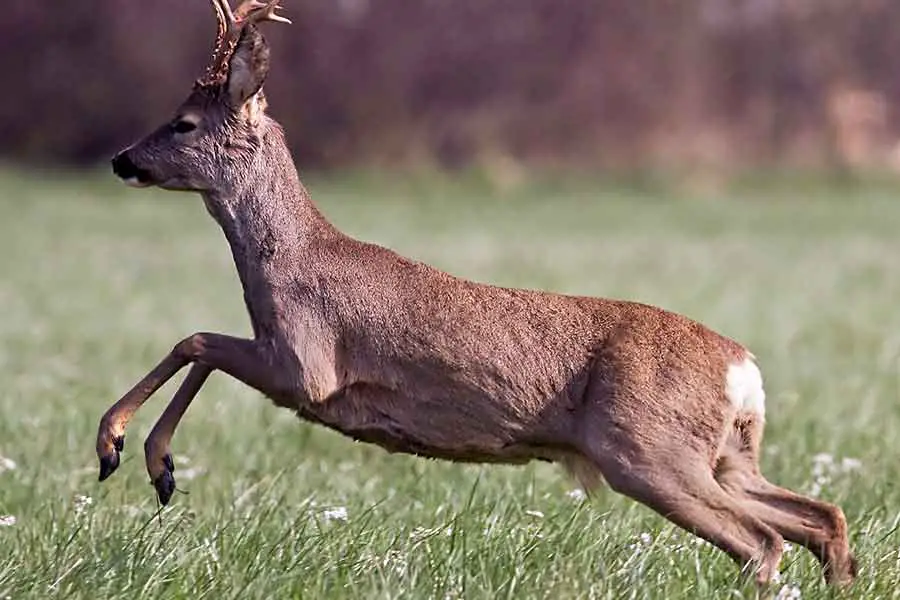
How does precipitation impact deer populations overall?
Generally speaking, deer populations are not greatly impacted by precipitation. However, there may be some slight changes in movement patterns during periods of rain or snow, as deer will often move to higher ground or areas with better coverage in order to stay dry and avoid the elements.
Additionally, rainfall can help increase the growth of vegetation – which is good for deer! So while you may see an uptick in deer movements during rainy weather conditions, it is not likely that precipitation will have a major impact on overall population numbers.
What are some of the risks associated with deer movement during wet weather conditions?
There are a few risks associated with deer movement during wet weather conditions. For starters, as mentioned earlier, deer can easily move around in wetter environments and may be more likely to crossroads or venture into populated areas.
This increased exposure could lead to more collisions between deer and vehicles, as well as encounters with humans.
Additionally, since deer are often on the move during rainy weather conditions, this could increase the chances of them spreading disease.
Deer are known carriers of numerous diseases that can affect both animals and humans, so it is important to take precautions if you come into contact with one during these times.
Finally, rainfall can also create dangerous footing for deer. The wet ground makes it difficult for deer to get a good grip while they are walking, which can lead to slips and falls.
This is especially true during the winter months when snow is also present. Falls can result in serious injuries for deer, so it is important to be aware of this risk if you are observing or hunting them during wet weather conditions.
Bottom Line
Do deer move in the rain? Yes, they do. The question of whether or not deer move in the rain is a common one for many people. Deer are known to be very active creatures, and it’s no different when it comes to rainfall.
Although they may take cover from time to time, deer will continue moving about as they normally would.

